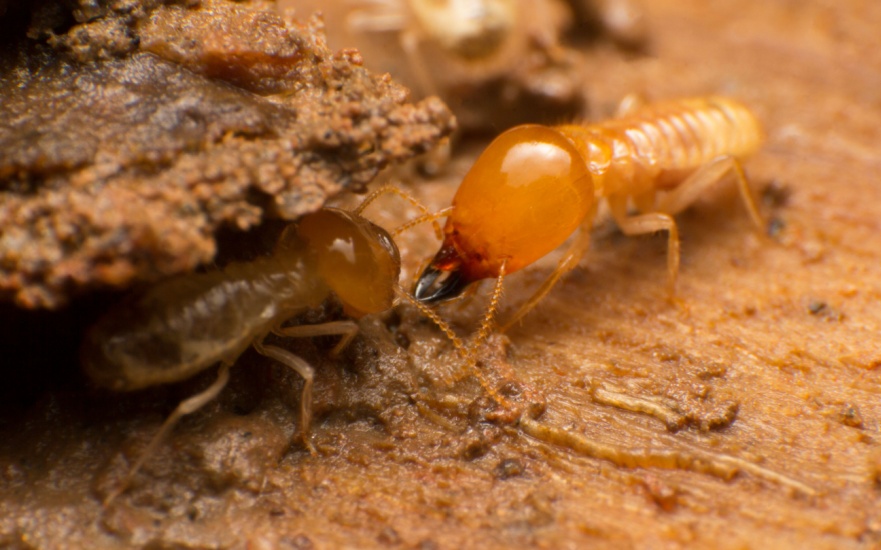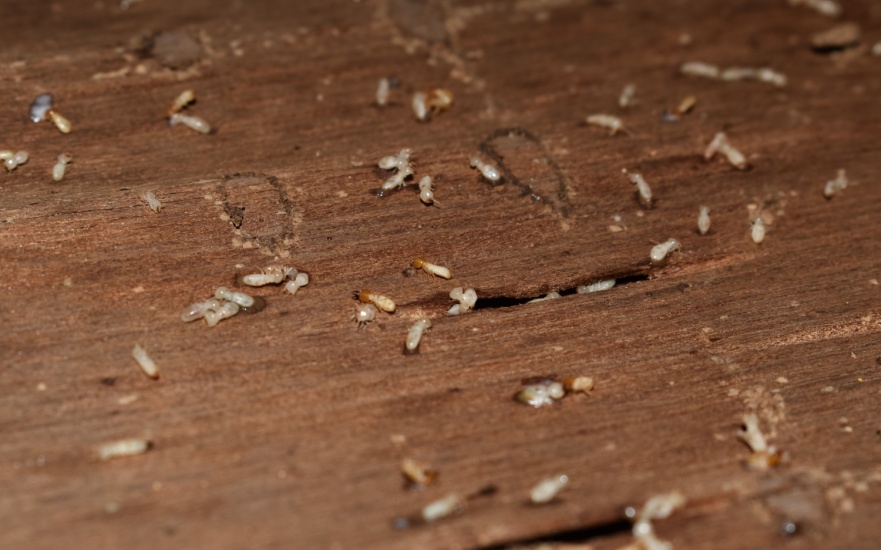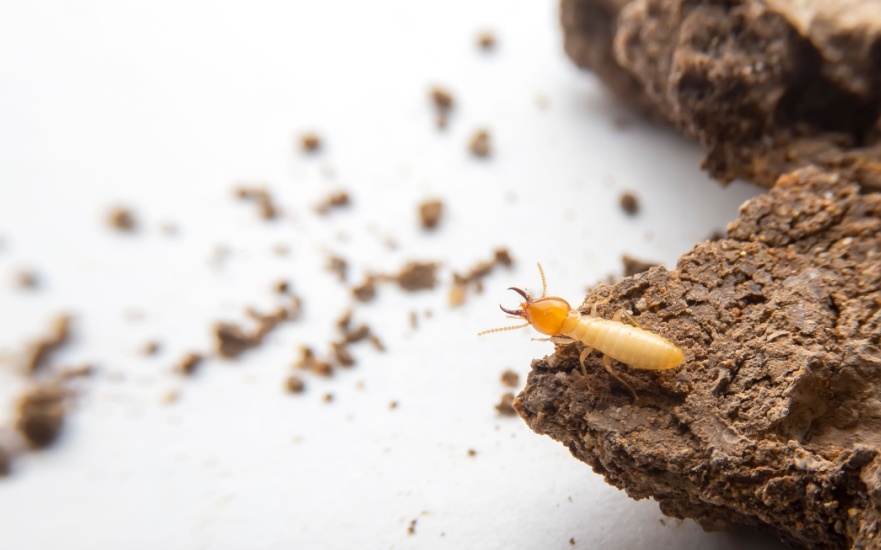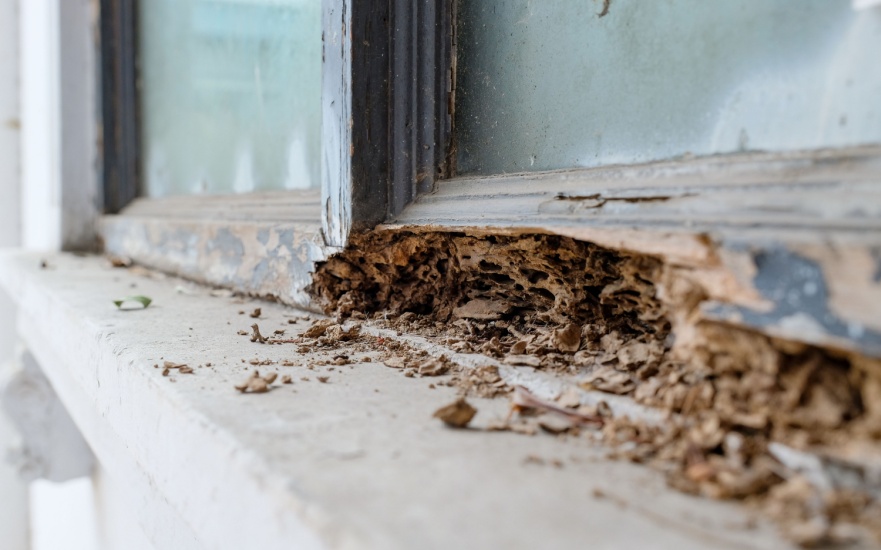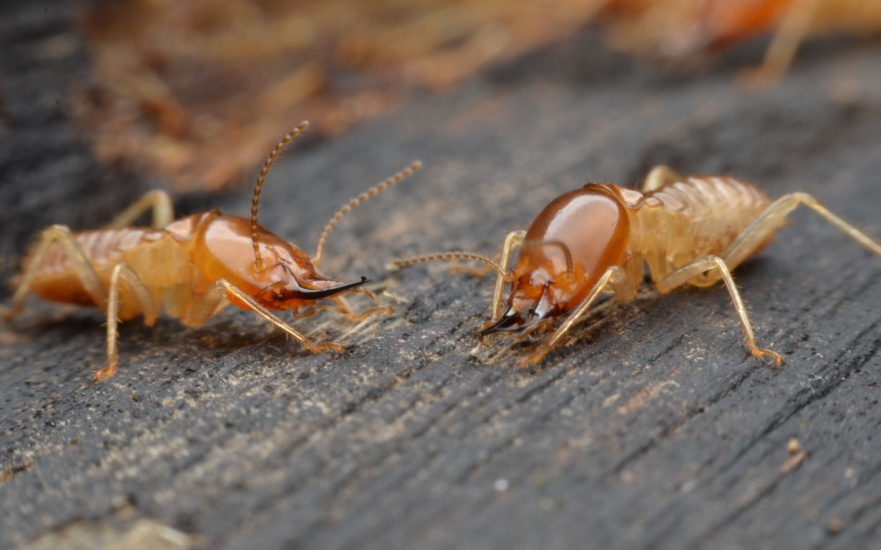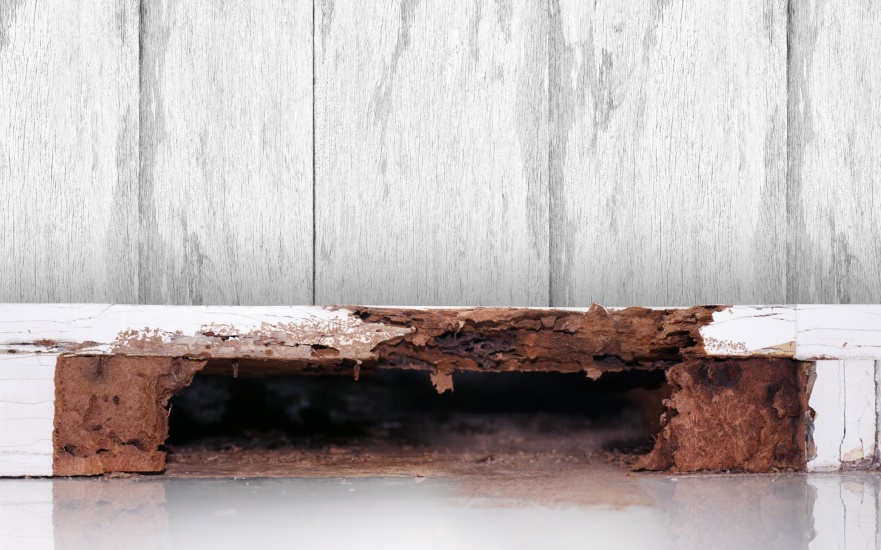Charleston, SC, provides an ideal environment for termites to thrive. These pests can cause significant damage to homes and structures if not addressed promptly. Keep reading below to explore the prevalence of termite problems in Charleston, the types of termites found in the area, and the importance of regular inspections and professional control measures.
Why Termites Are Prevalent in Charleston, SC
Several factors contribute to the prevalence of termites in Charleston:
- Warm, Humid Climate: Termites thrive in warm, humid conditions. The climate in Charleston provides ideal conditions for termite survival and reproduction.
- Abundant Moisture: High humidity levels and frequent rainfall create moist environments that attract termites.
- Wooden Structures: Charleston has many older homes and historic buildings with wooden structures, which are susceptible to termite damage.
Common Types of Termites in Charleston
Charleston is home to several types of termites, each with unique behaviors and characteristics:
1. Subterranean Termites
- Habitat: Subterranean termites live in the soil and build mud tubes to access above-ground wood sources.
- Damage: These termites are highly destructive, feeding on wooden structures from the inside out. They are the most common and damaging type of termite in Charleston.
2. Drywood Termites
- Habitat: Drywood termites infest dry wood and do not require contact with soil. They are often found in attics, wooden furniture, and framing.
- Damage: Drywood termites can cause significant damage to wooden structures and furniture, often going unnoticed until the infestation is severe.
3. Formosan Termites
- Habitat: Formosan termites, a type of subterranean termite, build large colonies and can cause extensive damage in a short period.
- Damage: Known for their aggressive behavior and large colonies, Formosan termites can quickly destroy wooden structures and are particularly challenging to control.
Signs of a Termite Infestation
Recognizing the signs of a termite infestation is crucial for early detection and treatment. Common indicators include:
- Mud Tubes: Subterranean termites build mud tubes to protect themselves as they travel between their colony and food sources. These tubes are often found along foundations, walls, and crawl spaces.
- Discarded Wings: Swarming termites shed their wings after mating. Finding piles of discarded wings near windowsills, doors, or other entry points is a sign of termite activity.
- Hollow or Damaged Wood: Termites eat wood from the inside out, leaving it hollow and weakened. Tap on wooden structures and listen for a hollow sound or check for blistering and darkening wood.
- Frass (Termite Droppings): Drywood termites leave behind small, pellet-shaped droppings called frass. These are often found near infested wood.
Termites are a common problem in Charleston, SC, due to the warm, humid climate and abundance of wooden structures. Regular termite inspections and professional control measures are essential for protecting your home from these destructive pests. By choosing a reliable and experienced termite control service like Vinx Pest Control, you can ensure your home remains termite-free and maintains its structural integrity and value. Implement these guidelines to protect your investment and enjoy peace of mind knowing your home is safeguarded against termites.



